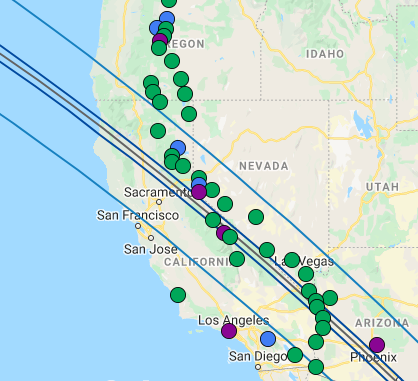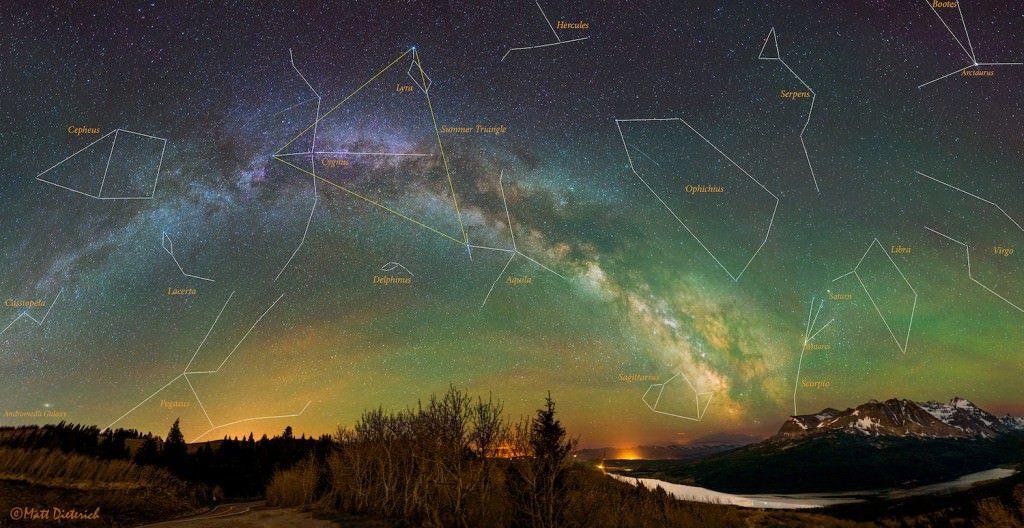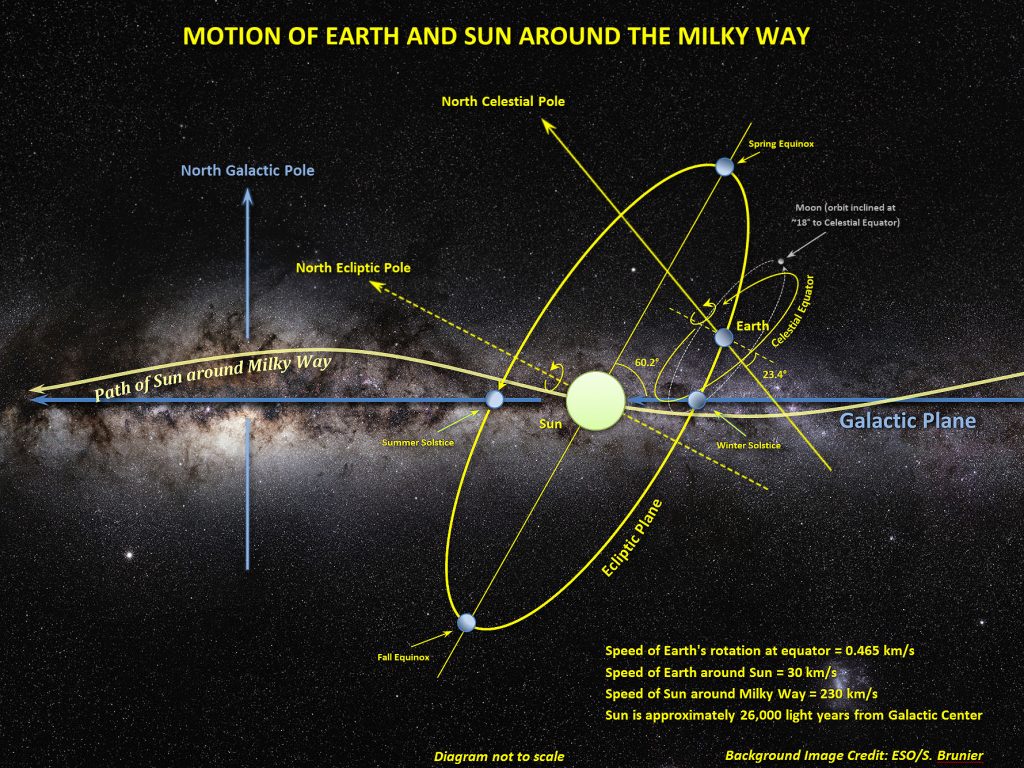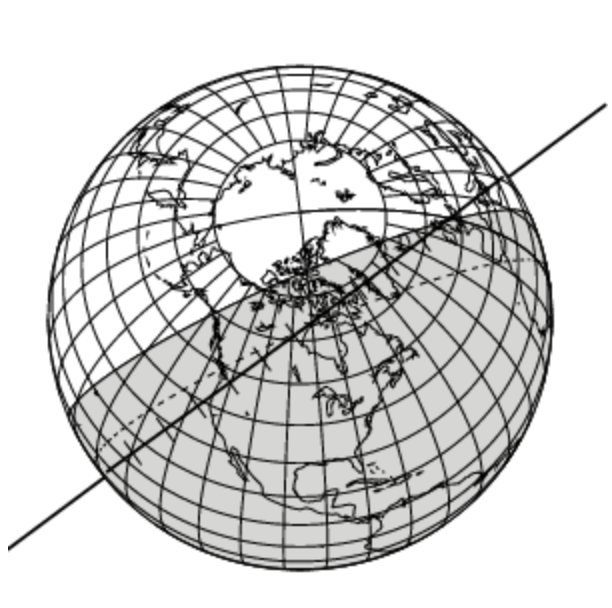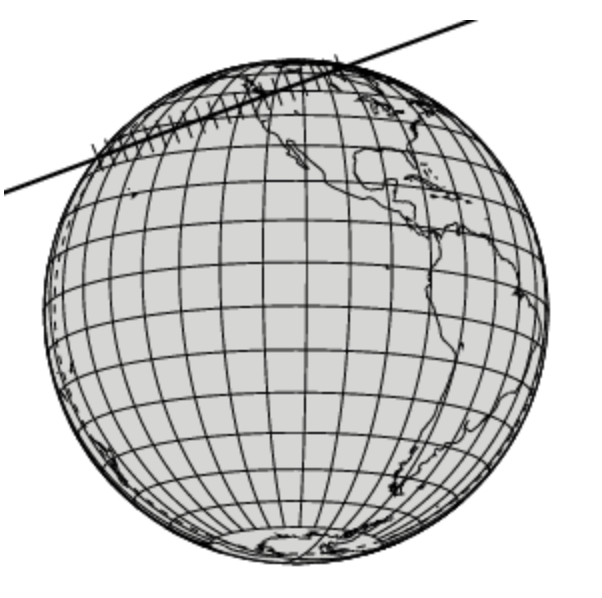Our campaign tonight, August 14th, involves Pluto, a dwarf planet with an atmosphere. The nature of the experiment is a bit different from what RECON is mainly designed for.
Rodrigo Leiva, a RECON Postdoctoral researcher at Southwest Research Institute has explained the science of this Occultation:
For an opaque object, a positive detection will look like a sudden dimming of the star, followed by a sudden back-to-normal brightness. If you put an atmosphere around an object, then part of the light is refracted away from us by the atmosphere (because its refraction index is different than 1), and some light is also refracted toward us.
If an observer is close to the central line, the atmosphere acts as a magnifying glass and the refracted light is concentrated. This is called the central flash. For a brief time, the star will look even brighter than when not occulted, i.e. you see a ‘flash’. The central flash allows us to study the lower atmosphere of Pluto, a few kilometers above the surface.
Is Pluto’s atmosphere finally collapsing? Did you know that the atmosphere has been expanding and this could be the first time we detect a change in that trend?
Our role is to give a correct interpretation of the central flash. It is necessary to know where the central line is very precisely – down to single kilometers. This is possible if we have a good sampling for the whole atmosphere. And we have the right network for that, RECON! According to the prediction, we could sample a big portion of the north half of the occultation, which will give a good constraint for the atmosphere modeling and also in determining if the atmosphere is finally contracting.
It is possible that some stations will detect gravity waves, small variations of density in the atmosphere. These waves are visible as short changes in brightness in the light curve during the occultation. It is a very exciting experiment!
Here is the sky coverage map for around 2AM EDT.
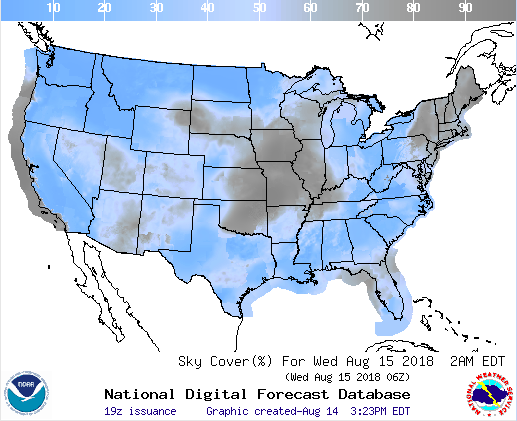
Good luck to everyone! Go RECON!
